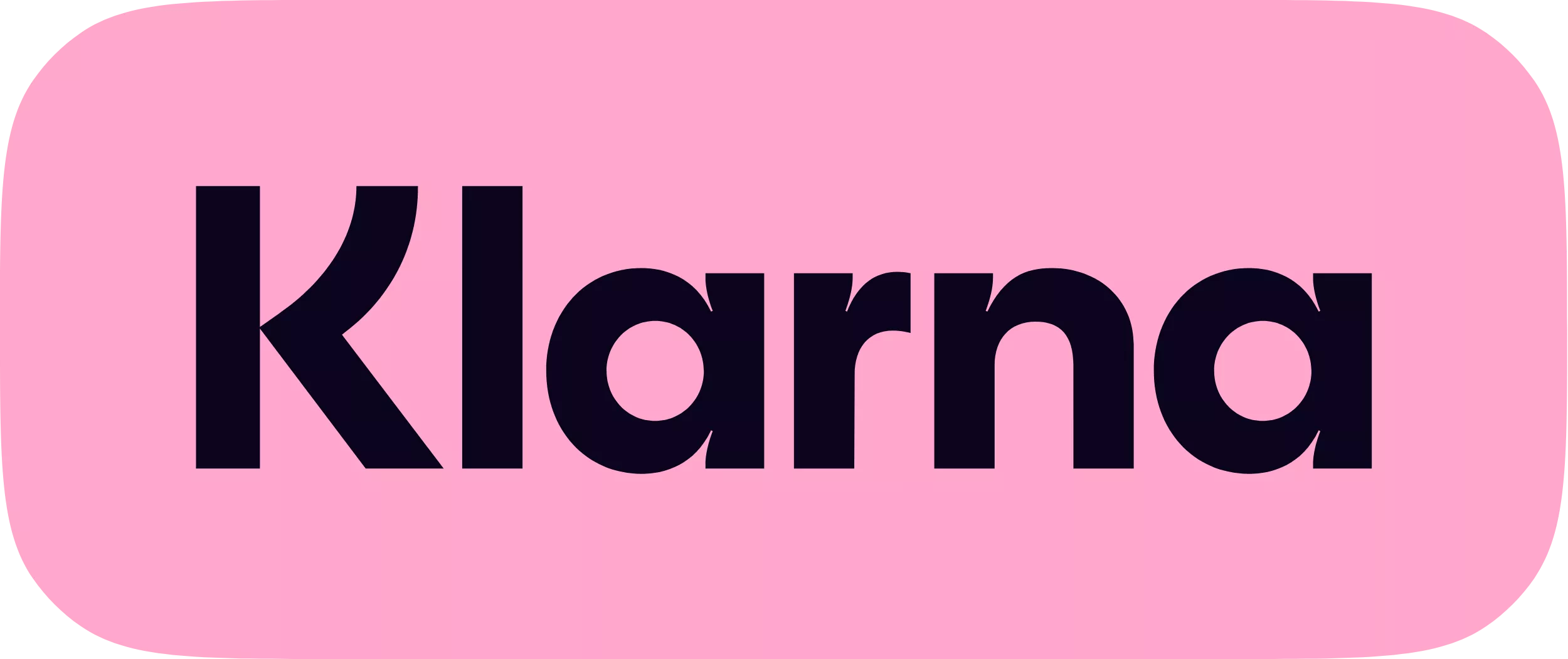Montessori toys have gained popularity for their unique approach to supporting children’s development through play. These toys, which often incorporate natural materials like wood, align with the principles of the Montessori method of education, similar to the Waldorf School. This article will explore what Montessori toys are, their distinct features, and their benefits compared to other educational toys, such as those inspired by Steiner education.
What Are Montessori Toys?
Montessori toys are designed based on the educational philosophy developed by Dr Maria Montessori. This approach focuses on child-centred learning, allowing children to explore and learn at their own pace through hands-on experiences. The core idea behind Montessori toys is to foster independent learning and support specific developmental milestones through play.

What Makes a Toy Montessori?
What does ‘Montessori toys’ mean? Here are their key features:
Simplicity: Montessori teaching toys are typically characterised by their simple design. This simplicity ensures that the toy’s purpose is clear and allows children to focus on mastering one skill or concept at a time. For example, simple wooden blocks encourage stacking and building, helping children grasp spatial relationships and balance.
Natural Materials: Many Montessori wooden toys are made from natural materials such as wood, metal, or fabric. These materials provide a sensory experience that plastic toys often cannot. Using natural materials supports sensory development and environmental appreciation, aligning with the Montessori approach.
Functional Design: Montessori materials are created with a clear educational purpose in mind. They often include features that are self-correcting, which means children can see and correct their own mistakes independently. A Montessori shape sorter fits pieces only into the correct slots, allowing children to learn through play, trial and error independently.
Encouragement of Independent Exploration: Montessori toys are designed to promote self-directed learning. For example, a Montessori or Waldorf teaching toy, such as a stacking ring set, allows children to experiment with different ways to stack the rings, thereby developing their problem-solving skills and spatial awareness. This autonomy builds confidence and a sense of accomplishment as children explore and discover independently.
Why Are Montessori Toys Good?
Montessori toys offer numerous benefits that support various aspects of child development. Here are several key advantages:
Supports Cognitive Development: Montessori teaching toys are designed to stimulate cognitive growth. Toys that involve sorting, matching, or building help children develop critical thinking and problem-solving skills. Wooden blocks help children understand symmetry and balance by allowing them to create structures and patterns.
Promotes Fine Motor Skills: Many Montessori toys involve activities that require precise hand-eye coordination, helping children to develop fine motor skills. Activities like threading beads, manipulating puzzle pieces, or using tools designed for small hands require dexterity and control, which are essential for tasks such as writing and self-care.
Enhances Social Skills: Montessori materials often encourage collaborative play, which helps children develop social skills. Toys that can be used in group settings or that require sharing and turn-taking teach children important social behaviours such as cooperation, negotiation, and empathy.
Encourages Independent Learning: The self-correcting nature of many Montessori materials allows children to learn independently. By solving problems and making discoveries on their own, children build confidence and self-reliance. This feature fosters a growth mindset, encouraging children to see challenges as learning opportunities.

What are Classic Montessori Toys
Several classic Montessori toys are commonly used in educational settings:
- Montessori wooden toys, like building blocks, help with spatial reasoning and creativity. These blocks can be used to create various structures, supporting cognitive and fine motor development.
- Shape sorters and puzzle boards that aid in developing problem-solving skills and hand-eye coordination. These toys require children to match shapes or complete puzzles, which reinforces their understanding of spatial relationships and problem-solving strategies.
- Practical life tools such as child-sized kitchen utensils, dressing frames, and other everyday items that teach self-care and life skills. These tools help children learn essential skills like pouring, buttoning, and zipping, promoting independence and coordination.
- Sensorial materials like colour tablets, texture boards, and sound cylinders support sensory development. These materials refine the senses and improve children’s ability to observe and describe sensory inputs.

Montessori vs. Steiner: What Sets Them Apart?
When exploring educational toys, it’s essential to understand what is the difference between Montessori toys and Steiner (or Waldorf) approaches. Both educational philosophies utilise natural materials and emphasise hands-on learning, but they differ significantly in their focus and methods.
Montessori vs. Steiner: Key Differences
Educational Philosophy: The Montessori method focuses on structured, child-directed learning with an emphasis on individual achievement and specific educational goals. In contrast, Steiner education (developed by Rudolf Steiner) takes a holistic approach, integrating arts, storytelling, and imaginative play into the learning process. Steiner education focuses on the whole child, including emotional and spiritual development, not just academic skills.
Toy Design: Montessori toys are often designed with specific educational objectives in mind. For example, a Montessori teaching toy might be a geometric puzzle designed to teach spatial awareness and problem-solving. Steiner toys, on the other hand, are typically more open-ended and encourage imaginative play. These toys feature simple, natural designs that inspire children to create their own stories and scenarios.
Role of the Teacher: In Montessori educations, the teacher’s role is to facilitate learning by providing an environment that supports individual exploration and self-correction. The focus is on guiding children through their learning processes and allowing them to discover solutions independently. In Steiner education, the teacher acts as a storyteller and guide, fostering a creative and immersive environment.





